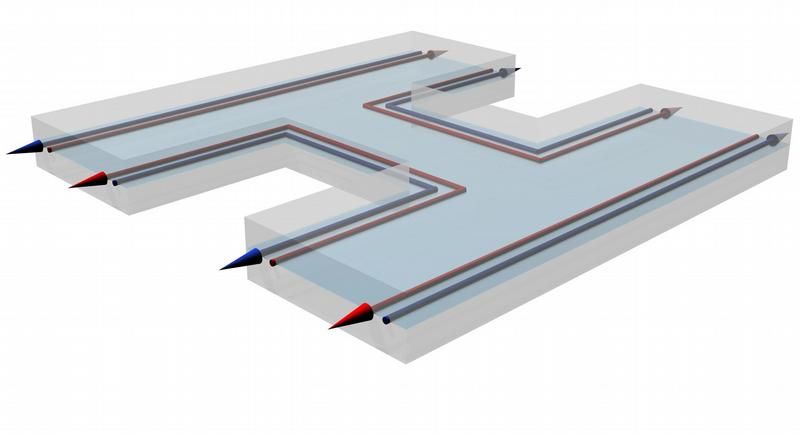University of Wyoming uses NTA to characterize nanoparticles in natural environments
NanoSight reports on how Nanoparticle Tracking Analysis, NTA, is being used at the University of Wyoming in the characterization of the physical and interfacial properties of manufactured nano materials.
Dr Jonathan Brant is leader of the group, "Interfaces in the Environment: membranes, particles and nanotechnology" in the College of Engineering and Applied Science at the University of Wyoming. The group focuses on problems associated with physicochemical processes in engineered and natural environmental systems. Understanding and ultimately controlling the many complex mechanisms that occur at environmental interfaces may resolve many of these problems. As is the case for environmental engineering as a whole, their work falls at the junction of many different disciplines, including colloid and interface science, chemical engineering, nanotechnology, microbiology and materials science.
Nanomaterials need to be characterized in terms of their size and distribution. Dr Brant explains the background to his work: "We have two primary research tracts. First, we characterize the properties of manufactured nano materials including TiO2, nano-Ag, C60 and maghemite of varying functionalities in aqueous systems. Secondly, we characterize the transformation of manufactured nano materials and their removal in conventional and advanced water treatment processes. In both instances, we have chosen NTA to characterize the size and size distribution of the particle suspensions under varying conditions. The latter area does this as well as quantifying the particle number concentrations in an effort to better understand the "dose" or concentrations of nano materials in drinking water."
Describing his practical choices for NTA, Dr Brant continues: "I also use a dynamic light scattering (DLS) system from Malvern as well as TEM imaging (particle counting from images as well as geometry assessments from images). However, using NTA allows us to work with polydisperse suspensions (DLS is very limited in this respect) and it provides us with a number count for nano materials, which is a first step in better characterizing nanoparticle concentrations. While the NTA may not be perfect here, it is our best option."
Topics
Organizations
Other news from the department science

Get the chemical industry in your inbox
By submitting this form you agree that LUMITOS AG will send you the newsletter(s) selected above by email. Your data will not be passed on to third parties. Your data will be stored and processed in accordance with our data protection regulations. LUMITOS may contact you by email for the purpose of advertising or market and opinion surveys. You can revoke your consent at any time without giving reasons to LUMITOS AG, Ernst-Augustin-Str. 2, 12489 Berlin, Germany or by e-mail at revoke@lumitos.com with effect for the future. In addition, each email contains a link to unsubscribe from the corresponding newsletter.
Most read news
More news from our other portals
Last viewed contents
INP_(Korea)
Ace_Industry

Semiconductors for Cool Computers
Study Finds New Properties in Non-Magnetic Materials
Campbell_Brothers

Soft X-ray method promises nanocarrier breakthroughs - Before the huge potential of tiny nanocarriers for highly targeted drug delivery and environmental clean-up can be realized, scientists first need to be able to see them




























































